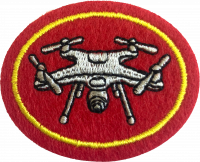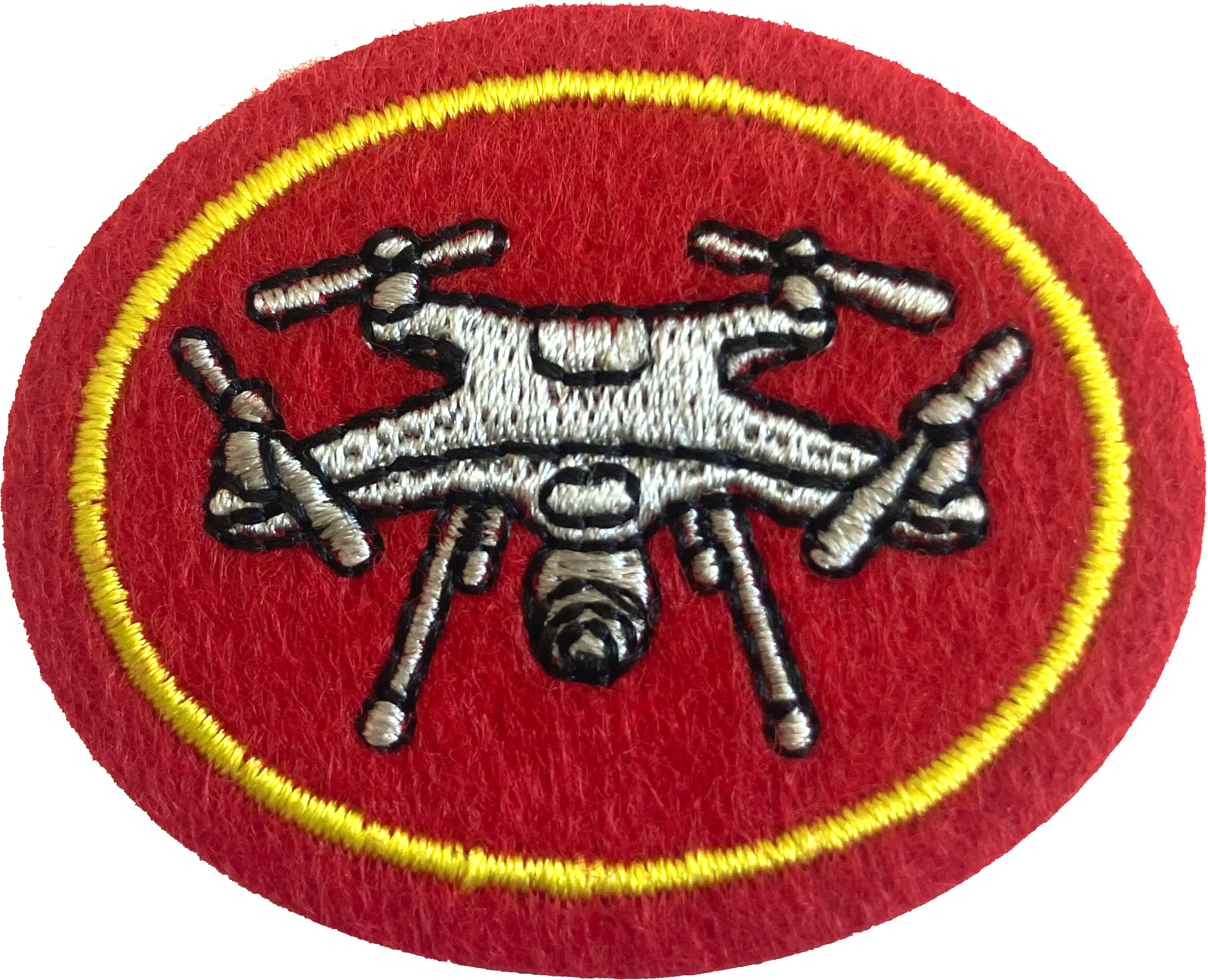Respuestas para la especialidad JA de Drones
1
Breakthroughs in transistor technology during the 1960s, enabled radio-controlled components to be miniaturized enough to be sold to civilian customers at a reasonable cost. This led the way for adoption of remote controlled, non-piloted, vehicles by hobbyists (individuals flying for fun, non-commercial and non-military purposes). 1990-2010 was a pivotal period for military and civilian drone development, with the introduction of mini and micro versions of UAVs in 1990. The last 10 years have seen a huge explosion in drone innovation and commercial interest. While prior to this, drones were primarily used for military purposes or hobbyists, beginning in the early-2010s, a host of new applications for drone technology emerged.
Based on their weight, drones can be classified into five categories — nano (weighing up to 250 g/ 0.55 lbs), Micro air vehicles (MAV) (250 g - 2 kg / less than 4.4 lbs), Miniature UAV or small (SUAV) (2-25 kg/55 lbs), medium (25-150 kg), and large (over 150 kg/330 lbs). Drones are also classified by the application or use of the drone. For example:
2
2a
2b
2c
2d
2e
2f
2g
3
4
5
6
6a
6b
6c
Purchase a few spare parts at the same time as the drone so that you have them when you need them. Crashing a drone is a very real possibility and you should plan for such occurrences. Some of the most important spare parts include the propellers, landing gear, motors, batteries, and controllers.
6d
6e
7
Be prepared to show them to your Pathfinder Club coordinator.
8
9
10
10a
- Place the drone on the blue dot/center of the portable foldable drone landing pad, with the front of the drone facing away from the pilot.
- Consult the user guide for the drone to learn how to power-up the remote control transmitter and the drone to get the drone in the air.
- Follow all safety procedures learned when you completed the requirement for the 10 most important safety procedures for recreational drone operators.
- Once airborne, the only control you need for this step is the throttle on the remote control transmitter. Push the throttle (left stick) up very slowly until the drone reaches eye-level altitude (height above the ground) over the blue dot/center of the portable foldable drone landing pad.
- Stop, release the throttle, and let the drone hover for 1-2 mins. Gently pull the throttle down to the lowest point and let the drone land.
- Release the throttle when the propellers stop spinning.
Repeat this multiple times and until you are comfortable with the remote control transmitter throttle's sensitivity.
10b
- Follow the steps to take-off and hover the drone at eye-level altitude over the blue dot/center of the portable foldable drone landing pad.
- Gently (very slight movement of the fingers) push the right stick on the remote control transmitter forward to fly the drone a couple of feet forward.
- Stop, release the stick and allow the drone to hover for 1-2 mins.
- Gently (very slight movement of the fingers) pull the right stick on the remote control transmitter backwards to return the drone (reverse flight) to its original position, over the blue dot/center of the portable foldable drone landing pad.
- Stop and let the drone hover for 1-2 mins.
- Gently pull the throttle down to the lowest point and let the drone land.
- Release the throttle when the propellers stop spinning.
Pro tip: When you move in either direction, you will probably notice the drone dropping in altitude. To keep the drone at the same altitude (eye-level), very gently push the throttle up and give it more power whenever you turn or move.
10c
Get comfortable taking-off, flying the drone forward/reverse, left/right, and landing the drone.
10d


